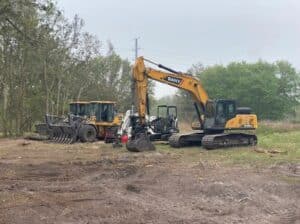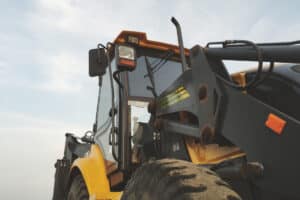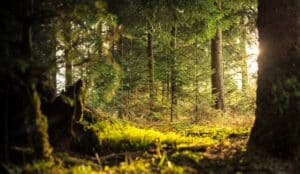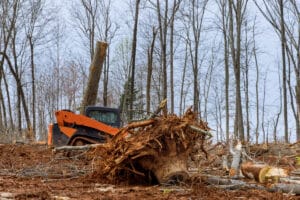What is Forestry Mulching?
Forestry mulching is a land clearing method that uses a single machine to cut, grind, and clear vegetation, leaving a fine layer of forestry mulch behind. It is a cost-effective and environmentally friendly process that reduces ecological damage and improves soil quality.
Many landowners around Daytona Beach, up and down the Atlantic Florida region, face the challenge of managing overgrown vegetation, which can be a major obstacle to transforming the land into their vision. Traditional clearing methods often strip the land bare, leading to soil erosion and disrupting the natural habitat. Recognizing these challenges, WR Land Development offers a solution that prioritizes the environment, is cost-effective, and realizes your future vision for your land.
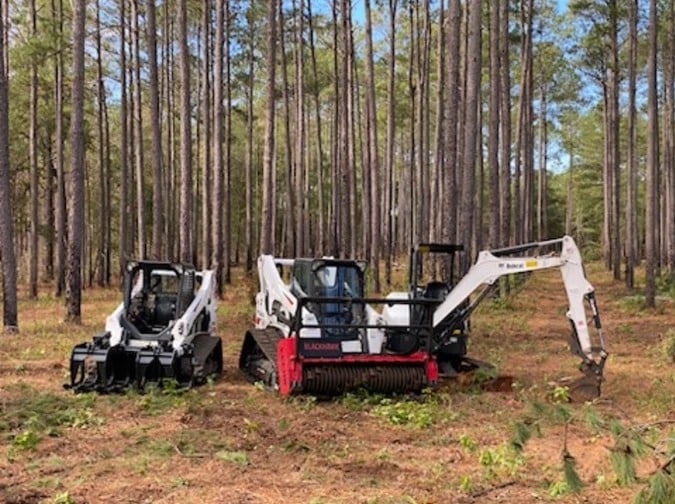
WR Land Management’s forestry mulching service transforms dense vegetation and trees into a nutrient-rich mulch layer without damaging the soil or surrounding landscape. This innovative approach not only clears your land effectively but also protects desirable vegetation, enhances soil health, promotes water retention, and encourages the growth of native plants.
Reach out to us today for a free, in-person estimate.
Benefits of Forestry Mulching
Environmental Advantages: Soil Erosion Control, Weed Barrier, and More
Forestry mulching is an eco-friendly process that reduces soil erosion and preserves soil structure. It eliminates the need for multiple machines and reduces labor costs. It is a natural way to control weed growth and invasive plants. Additionally, forestry mulching helps control invasive insects. Forestry mulching leaves the soil structure intact and leaves a layer of mulch which acts as an erosion barrier.
Economic Advantages
Forestry mulching is a quick and affordable process, reducing the cost of land clearing. It eliminates the cost of hauling away debris. Forestry mulching can clear an acre in half a day to a day, depending on the thickness of the foliage, and other factors.
Forestry Mulching Applications
Land Clearing and Conservation
Forestry mulching is used in residential land clearing projects, right-of-way clearing, and nature and recreational trail creation. Forestry mulching improves soil quality, supporting the growth of native species.
It is often used to maintain habitats for wildlife and control invasive species. It is far less damaging to the local environment and ecology than traditional methods of land clearing. For this reason, forestry mulching is used in wetlands and riverbank ecology (riparian zone) habitat conservation.
Forestry Mulcher Equipment and Machinery
What is a Forestry Mulcher?
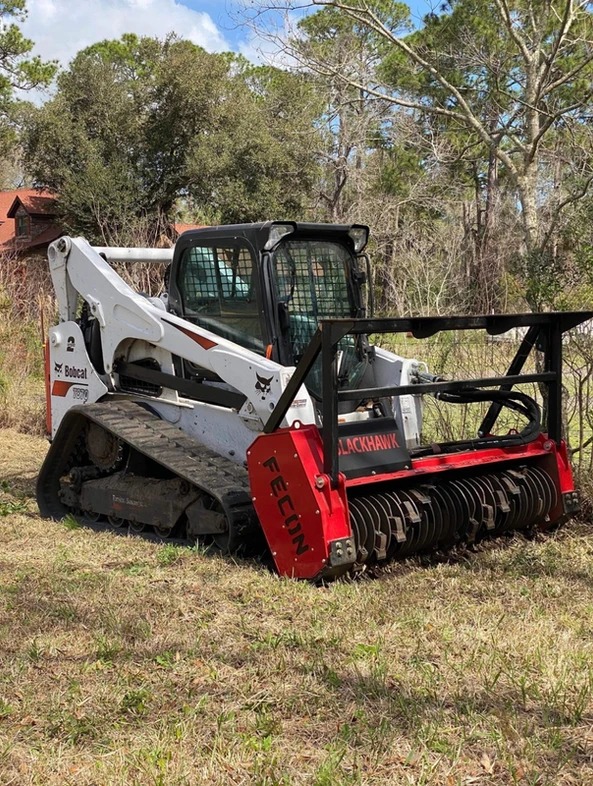
A forestry mulcher is a specialized piece of equipment used in forestry, land clearing, and vegetation management. It is designed to cut, grind, and clear trees, brush, and other vegetation. Forestry mulchers can be mounted on various types of machinery, including skid steers, excavators, and tractors, or they can be self-propelled units.
The primary component of a forestry mulcher is the mulching head, which contains a drum or rotor equipped with cutting tools (teeth or blades). These tools rotate at high speeds to shred vegetation into mulch.
Cost of Forestry Mulching
Forestry Mulching vs. Land Clearing Costs
Forestry mulching can often be a more cost-effective option compared to traditional land clearing methods, depending on the specific circumstances of the project. Forestry mulching typically requires fewer pieces of heavy equipment compared to traditional land clearing methods. Instead of multiple machines for clearing, hauling, and disposing of debris, forestry mulching combines these tasks into a single process, reducing equipment and operational costs. The cost of forestry mulching depends on many factors like land density, vegetation, type of mulcher needed, accessibility of the property, permits required, and more.
Type of Vegetation
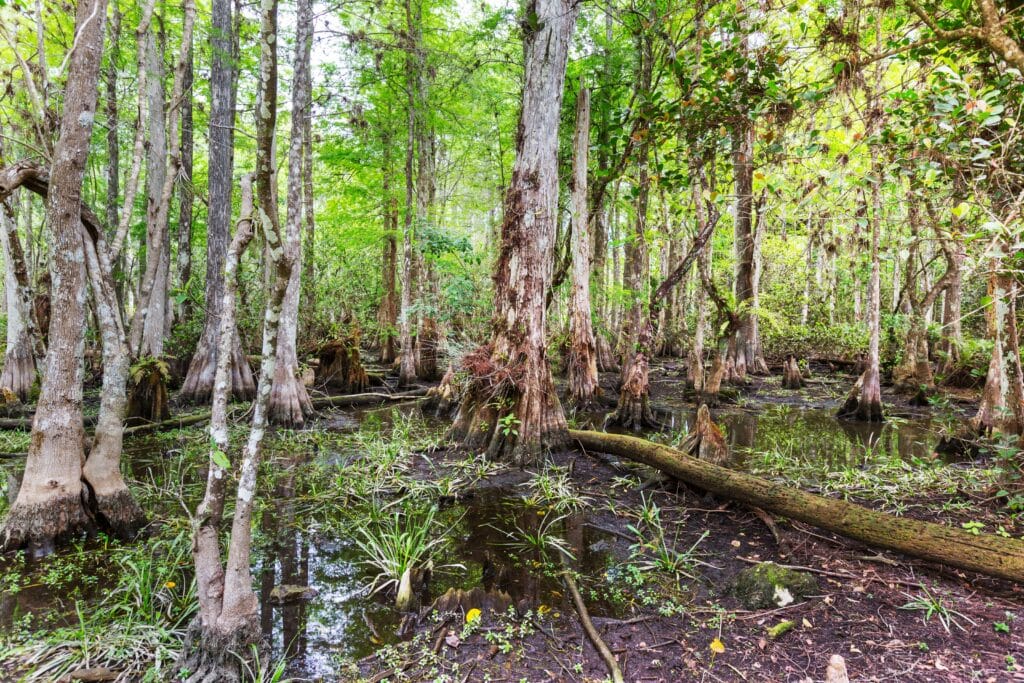
Mulching dense forests involves dealing with large trees, thick underbrush, and tangled roots. The presence of valuable timber may affect the cost, as it may need separate harvesting or processing.
Areas covered in brush, shrubs, and smaller trees are generally easier to clear compared to dense forests but still require specialized equipment and techniques. Brush removal involves the use of state-of-the-art equipment to efficiently and eco-friendly remove woody plants and vines. Brush clearing often involves mulching machines or brush mowers to grind vegetation into mulch, which can be left on-site or removed based on the client’s preference.
Terrain and Accessibility
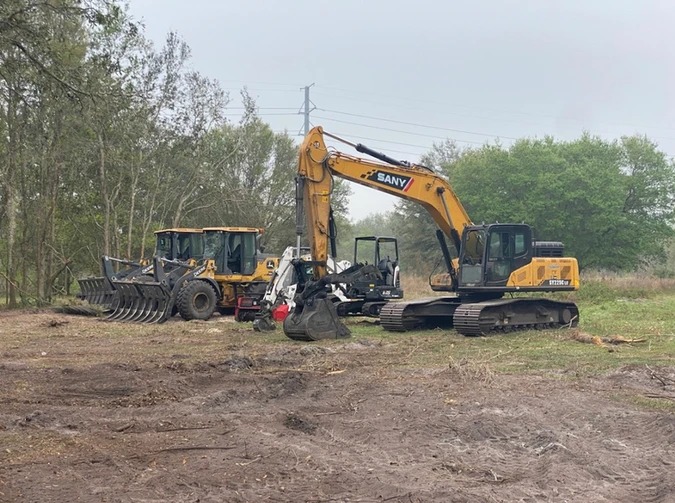
Terrain and accessibility are crucial factors that significantly influence the cost of land clearing projects. The topography and ease of access to the site can impact the efficiency of the clearing process, the types of equipment needed, and the overall labor required.
Generally, flat and obstacle-free land is easier and less expensive to clear than hilly or uneven terrain. Hilly terrain may need special equipment or extra workers to safely and efficiently navigate slopes. Land with rocky or stony soil presents its own challenges. Depending on the extent of the rockiness, specialized machinery like rock crushers or hydraulic breakers may be needed for effective clearing.
Sites located in wetlands or swampy areas pose specific challenges due to waterlogged soil and fragile ecosystems. Special precautions must be taken to minimize disturbance to the surrounding environment and prevent erosion or sedimentation of waterways.
Permits Needed
Areas located near waterways, protected habitats, or environmentally sensitive areas may require permits or need to adhere to regulatory requirements. Obtaining permits and complying with environmental regulations could extend the timeline and increase the costs of the project, particularly if mitigation measures such as erosion control or habitat restoration are necessary.
Disadvantages and Limitations of Forestry Mulching
Challenges and Considerations
Forestry mulching has a few limitations and disadvantages, including carefully calculating the organic material to allow new plants to thrive. Depending on your specific project, traditional land clearing may be a better option than forestry mulching.
During our on-site evaluation before providing an estimate, we will discuss these options with you and help you determine whether forestry mulching or other land clearing methods are the best choice for safely, efficiently, and quickly completing the job.
Hiring a Professional Forestry Mulcher
Can I Do Forestry Mulching Myself?
Yes, but inexperienced property owners often overestimate their ability to efficiently and safely clear their own land without excessive environmental damage. Also, hiring professionals like the team at WR Land Development means you don’t have to worry about understanding local regulations or securing permits. We will take care of that for you.
Hiring a local mulching company can alleviate stress and ensure the job is done safely and efficiently.
How to Choose a Forestry Mulching Company
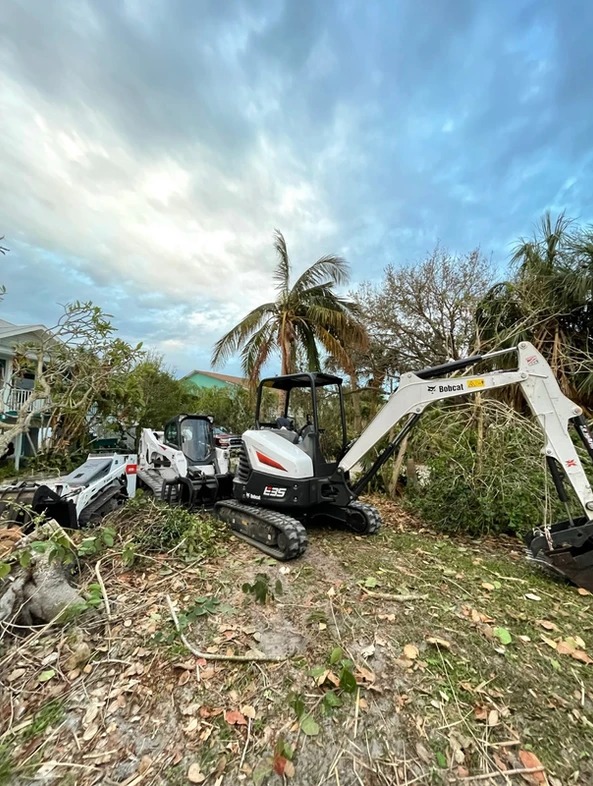
Before choosing a forestry mulch company, do your research. Ask about experience, environmental hazards, and the type of forestry mulcher they use. Research and compare prices and services offered by different companies. Make sure to chat with an experienced professional to make sure forestry mulching is the right choice for your project.
By choosing forestry mulching services by WR Land Development, you’re opting for a method that protects wildlife habitats and prepares your land for its next purpose—whether for right-of-way housing development, recreation, or conservation. Let us help you manage your land sustainably.

